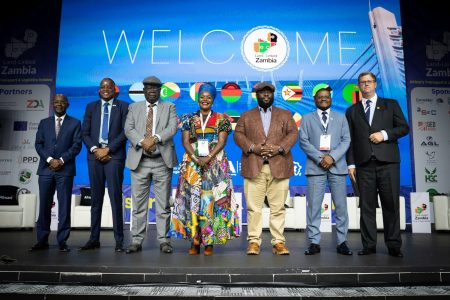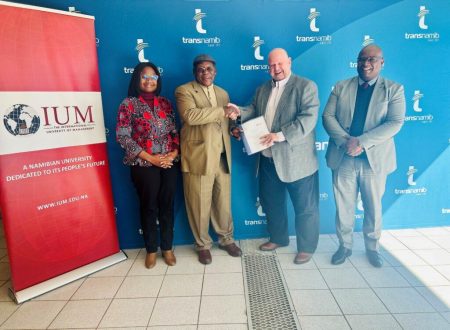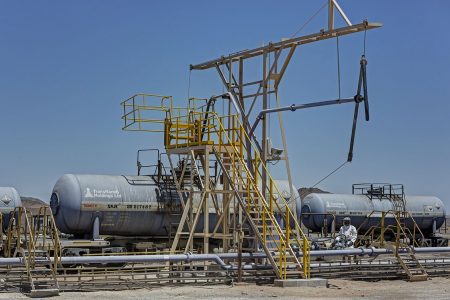This content is for Premium Subscribers only. To view this content, login below or subscribe as a Premium Subscriber.
Related News Articles
TransNamib Allocated N$320 Million in the 2025/26 Budget
14 April 2025
SADC, Namibia
1 min
1 min
Namibia Wants Trans-Kalahari Rail Corridor Development Project Fast-Tracked
01 March 2025
SADC, Namibia
1 min
1 min
Lobito, TAZARA Threaten Walvis Bay’s Attractiveness to Namibia’s Neighbours
01 March 2025
SADC, Zambia
2 min
Namibia Transport Infrastructure Improvement Project Progress
18 January 2025
SADC, Namibia
1 min
TransNamib Hoping to Break Even in Three Years’ Time
18 January 2025
SADC, Namibia
2 min
Renewal of Environmental Clearance Certificate for Kranzberg-Tsumeb Railway Upgrade
12 December 2024
SADC, Namibia
1 min
Southern Rails Rehabilitation Project: Environmental Clearance Renewal
12 December 2024
SADC, Namibia
1 min
Walvis Bay Aims to Strengthen Its Competitive Advantage
01 December 2024
SADC, Namibia
2 min
Namibia to Delay Railway Project Funding
30 October 2024
SADC, Namibia
2 min
RITES Seeks Projects under AU’s Agenda 2063
03 October 2024
SADC, Zimbabwe
1 min
TransNamib Prepares for Green Hydrogen Locomotive Conversions
26 September 2024
SADC, Namibia
1 min
Puma Energy Says Namibia Must Improve Railway Efficiency
26 September 2024
SADC, Zambia
2 min
Consultant For Trans-Kalahari Railway Feasibility Study To Be Announced In September
13 August 2024
SADC, Namibia
2 min
TransNamib And IUM Forge Exciting New Partnership
02 August 2024
SADC, Namibia
1 min
1 min
Rössing Uranium Upbeat on TransNamib’s N$2.6 Billion Loan
02 August 2024
SADC, Namibia
2 min
2 min


